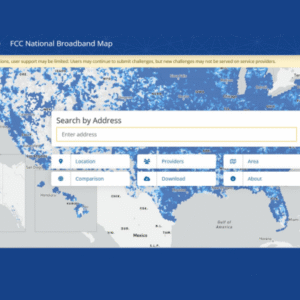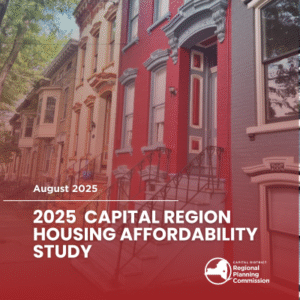Composite Category Increases in Early 2024
The Cost of Living Index (COLI) measures relative price levels for consumer goods and services in participating areas. The average for all participating places, both metropolitan and nonmetropolitan equals 100 and each participant’s index is read as a percentage of the average for all places. It is important to note that the COLI Index is not a good indicator of inflation or deflation since the index is a relative measure. For a more accurate representation for inflation see CDRPC’s Consumer Price Index (CPI) and Producer Price Index (PPI) Index.
From Q2 2023 to Q2 2024 the index cost in the Capital Region changed as followed:
- Utilities decreased by 9.0%
- Transportation increased by 8.18%
- Housing decreased by 5.08%
- Health Care increased by 10.31%
- Composite index increased by 0.48%
- Grocery Items increased by 0.38%
- Goods and Services increased by 5.08%
National Rankings
New York (Manhattan) NY remains the most expensive urban area in the country. Compared to Q1 2023, San Jose CA surpassed San Francisco CA, moving from tenth place to third. New York (Queens) secured the eighth spot in Q1 2024, a notable rise since it did not make the top ten in Q1 2023. Meanwhile, Boston MA dropped three places, falling from eighth to tenth. Seattle WA, and Washington DC, both of which were on the list in Q1 2023, did not make the top ten in Q1 2024.
On the opposite end, Decatur IL climbed from second to first place as the least expensive urban area to live in, with a COLI Index of 78.8. Harlingen TX, which was the cheapest location in Q1 2023, dropped to the sixth spot in the most recent update. Ponca City OK, rose from eighth to second place among the least expensive locations in Q1 2024, with a COLI Index of 79.4. While states like New York and California dominate the list of the most expensive places to live, Texas and Oklahoma are more commonly found on the list of least expensive locations.
Source: The Council For Community and Economic Research (C2ER)
Comparison to Peer Communities
One of the benefits of using the COLI index is that it makes it possible to compare changes across the country. CDRPC determined peer communities in the 2015 Capital Region Indicators Report. These communities were selected on the criteria that they are within 40% of the Albany-Troy-Schenectady MSA or if they contain a state capital.
In Q2 of 2024, the majority of the selected peer communities experienced below-average indices across most categories, with Des Moines IA, Baton Rouge LA, and Buffalo MSA NY recording the lowest values. In contrast, Albany-Schenectady-Troy reported higher values than the average in most categories. Notably, Hartford, CT displayed a significant deviation from the average in the Utilities category, with an index of around 131.0, making it the highest among these metro areas. Housing in Des Moines MSA, IA, on the other hand, stood well below the average with an index of approximately 66.50. Utilities in Baton Rouge, LA also stood well below the average with an index of approximately 69.10.



